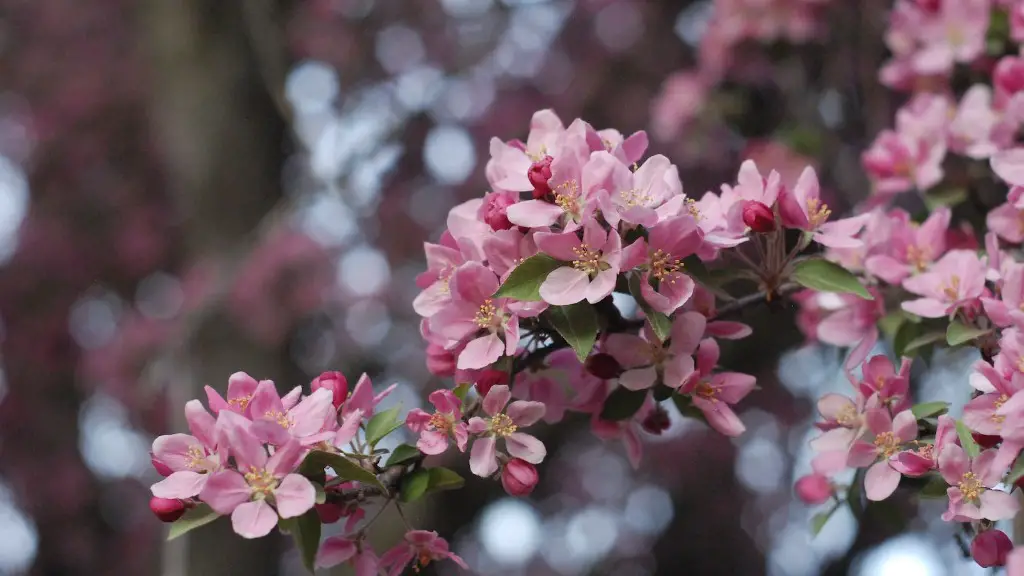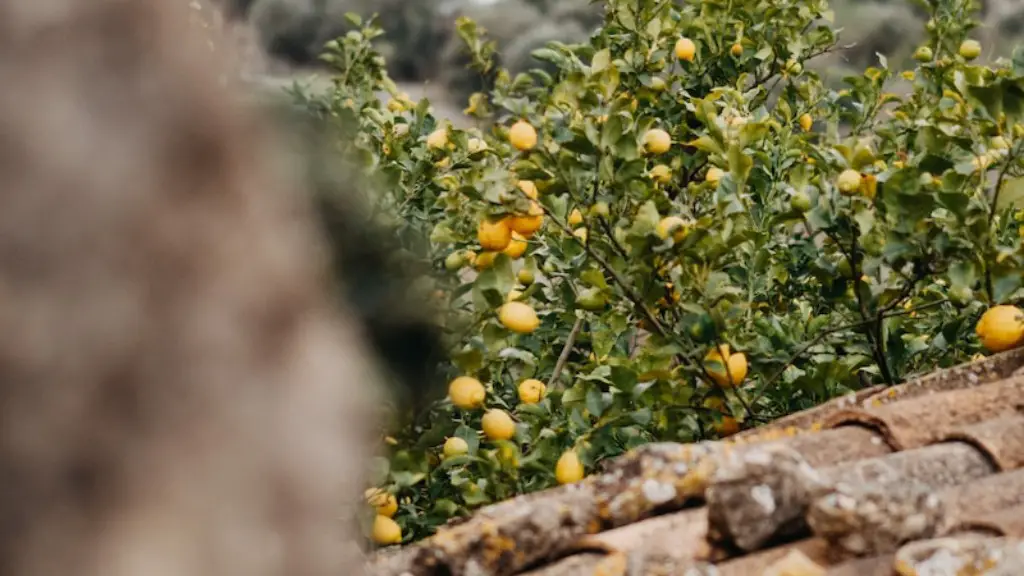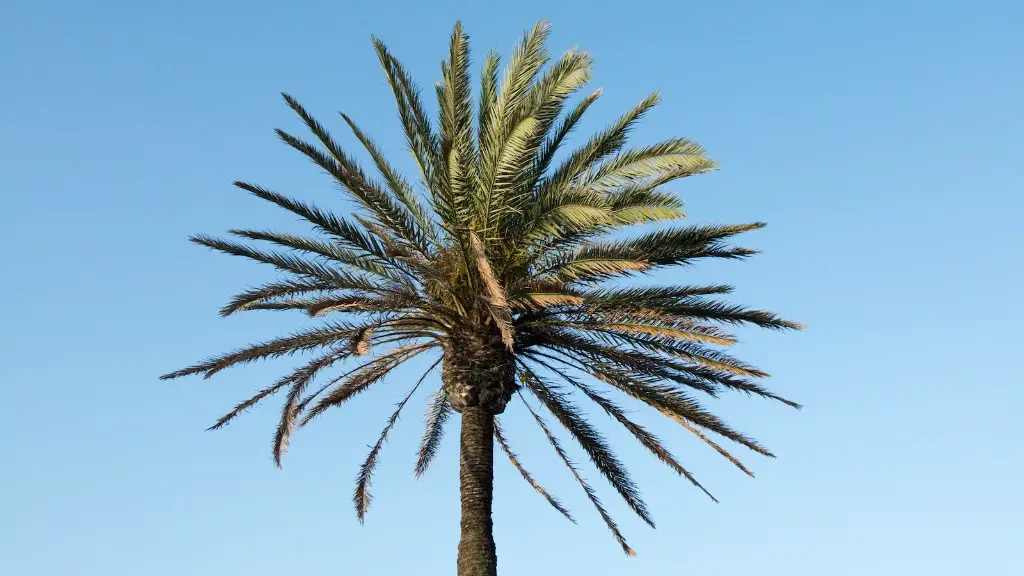Most people know apples grow from trees, but most don’t realize that these trees can be grown from apple seeds. Understanding how to sprout apple tree seeds is a great way for anyone to grow their own apple tree. Sprouting apple tree seeds requires patience and some effort, but the end result is worth it. Here’s how to do it:
First, find some apple tree seeds. These can be found by cutting open apples from trees in your backyard or by buying them from a nursery or garden center. Once you have the seeds, clean them with a brush so that they are free from bacteria, dirt and debris.
Then, soak the apple tree seeds in water overnight. This helps to soften the shell and make it easier to germinate. When the seeds are done soaking, wrap them in damp paper towels and place them in a cool, dark place. Make sure to check the paper towels periodically to make sure they remain damp.
Once the seeds have started to sprout, it’s time to plant them. Choose a potting soil that’s designed for growing seeds and fill it up with the soil. Dig small holes in the soil and place the sprouted seeds in the holes. Then, cover the holes with soil and water the soil thoroughly.
Place the pot in a sunny spot and monitor it daily. If the soil starts to dry out, give it some more water. After a few weeks, the apple tree seeds will start to grow. When the trees reach about 6-12 inches in height, it’s time to transfer them outdoors.
Choose an area with plenty of room for the trees to grow and dig a hole at least twice the size of the pot. Carefully place the tree in the hole, fill it up with soil and water the soil regularly. With regular watering and care, your apple tree will grow and produce lots of tasty apples.
Fertilizer
Once your apple tree is established, fertilizing it regularly is important. Apple trees need nitrogen, potassium and phosphorus fertilizer in the early spring and mid-summer to remain healthy. After the tree has flowered and set fruit, use a fertilizer that’s rich in potassium. This helps the tree to produce larger, juicier apples.
When applying fertilizer, spread it around the base of the tree in an even layer. Water the tree thoroughly afterwards to allow the fertilizer to soak into the soil. Be sure to not over-fertilize the tree, as this can lead to excessive leaf and stem growth with little to no fruit.
When selecting a fertilizer, organic or non-synthetic options are preferable. Organic fertilizers not only help the tree to stay healthy, but also help to improve the soil. This is beneficial for future crop yields.
Pruning
Regular pruning will help your apple tree to remain healthy and produce more fruit. Start pruning in the winter months, when the tree is dormant. Prune away any dead or diseased branches and select several new shoots from the interior of the tree that should be removed in order to keep the tree’s structure.
In the spring, prune any side branches that quickly start to shoot out, as these steal energy away from the main fruit producing branches and as a result, reduce fruiting potential. You can also prune away any shoots that grow up and out of the tree, as this reduces the amount of apples that can be produced.
Finally, summer pruning should be done after the apples are harvested. This involves cutting off the top shoots that bear the most fruit, in order to stimulate the tree to grow more secondary shoots. These new shoots will act as the main fruit producing branches for next year.
Harvesting
Apple trees produce new apples each year. In most areas, trees will be ready for harvest from late summer to early autumn. Apples can be harvested by hand, or with a special fruit picker. Always take care when harvesting, as apples will bruise easily.
Once the apples have been harvested, make sure to store them in a cool, dry place. Apples do not keep for long, so try to use them as quickly as possible. Otherwise, you can wash and slice them up and freeze them for later use.
Alternatively, you can use the apples to make delightful desserts like apple pie, apple crumble or apple sauce. Once you’ve tried growing an apple tree from seed, you’ll never want to buy apples from a store again!
Pests
Apple trees can suffer from pests, such as aphids or coddling moths. These pests can cause problems if they are not managed properly. To prevent pests from affecting your apple tree, make sure to regularly check the tree for signs of infestation and treat with organic insecticides if necessary.
If you notice any signs of damage on the apples, such as giraffe spots or excessive holes, you should remove them from the tree immediately. This will help to prevent the spread of the infestation and help keep your apple tree healthy.
Disease
Apple trees can also be affected by diseases, such as blossom wilt, scab or fire blight. These can be managed by ensuring your trees are healthy and providing regular applications of fungicides. This will help to keep your apple trees free from disease and producing excellent yields.
It’s also important to be vigilant and check your tree for symptoms of disease. Infected leaves or branches need to be trimmed away and destroyed, and make sure to use clean tools and gloves when working with the tree. Once diseases have taken hold, they can be difficult to control.
Grafting
Grafting is a technique used by gardeners to join different types of plants together. This allows you to combine two varieties, such as a wild apple tree and a cultivated apple tree, to create a new apple tree with unique characteristics.
Grafting is best done in the winter, when the tree is dormant. Start by removing a small branch from the tree you wish to graft onto, then cut a scion from another tree and attach it onto the first tree. Secure the scion to the first tree with grafting tape and the new branch will start to grow in a few weeks.
Grafting is a great way to create trees with novel traits, such as different flavors or shapes of apples. This has been used for many centuries and is still used today for interesting new hybrid trees.
Staking
Staking is another way to help your apple tree to remain healthy and produce a good yield. Staking involves using a stake and tie to support the tree and prevent it from leaning or becoming unstable in strong winds. This also reduces stress on the tree and allows it to focus on growing and producing fruit.
Start by placing the stake into the ground at least a foot away from the trunk of the tree. Tie the tree securely to the stake with a good quality, flexible tie. When tying, take care to make sure the tree is held firmly against the stake, but not tightly enough that it damages the trunk.
It’s best to use two stakes and two ties, one at each side of the tree. Check the ties periodically to make sure they are secure and that the tree is held securely against the stake. If your apple tree has heavy branches or grows in a windy area, you may need to add more stakes or ties.





